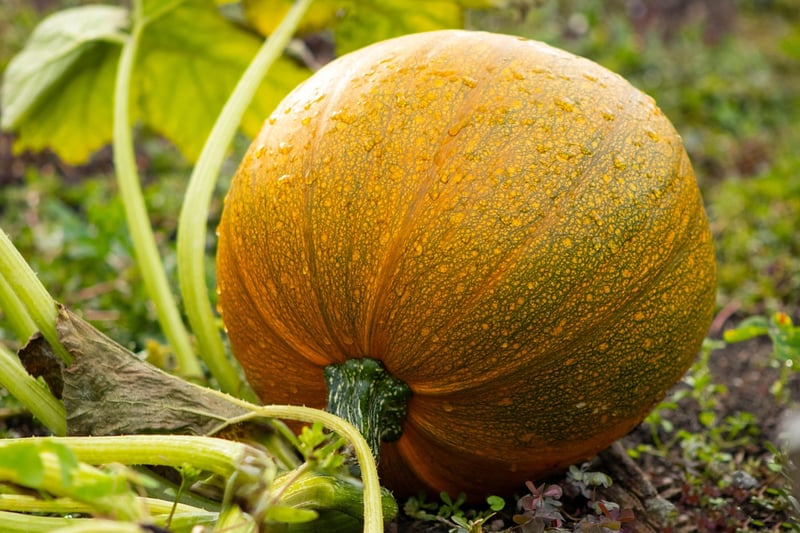Companion Planting
Protecting Plants from Pests with Companion Planting
Are you looking for a natural way to protect your plants from pests while promoting healthy growth? Companion planting might be the solution you've been searching for. By strategically pairing certain plants together, you can create a harmonious garden ecosystem that deters pests, attracts beneficial insects, and improves overall crop yield.
What is Companion Planting?
Companion planting is the practice of growing different types of plants in close proximity to one another to achieve specific benefits. These benefits can include pest control, pollination, improved soil health, and increased crop productivity. By selecting the right plant combinations, you can create a mutually beneficial environment where each plant helps the others thrive.
Protecting Plants from Pests
One of the key benefits of companion planting is natural pest control. Certain plants contain compounds that repel or confuse pests, helping to protect neighboring plants from damage. For example, planting marigolds alongside vegetables like tomatoes can help deter nematodes and other harmful insects.
Common Companion Planting Combinations for Pest Control:
- Tomatoes + Marigolds: Marigolds repel nematodes that attack tomato roots.
- Cucumbers + Dill: Dill attracts beneficial insects that prey on cucumber pests.
- Carrots + Onions: Onions deter carrot flies that can damage carrot crops.
- Beans + Corn: Beans fix nitrogen in the soil, benefiting corn growth, while corn provides support for climbing beans.
Getting Started with Companion Planting
When planning your garden, consider the specific needs of each plant, including sunlight, soil type, and watering requirements. Research companion planting combinations that are suitable for the plants you want to grow. Experiment with different pairings to find the most effective combinations for pest control and plant health.
Benefits of Companion Planting
Companion planting offers a range of benefits for your garden, including:
- Natural pest control without the need for chemical pesticides.
- Improved pollination and increased biodiversity.
- Enhanced soil health through nitrogen fixation and nutrient cycling.
- Maximized use of garden space by planting compatible crops together.
By incorporating companion planting techniques into your gardening practices, you can create a more resilient and thriving garden that is less susceptible to pests and diseases.

Start exploring the world of companion planting and discover the natural benefits it can bring to your garden!
For more information on companion planting and tips for protecting your plants from pests, visit Gardening Know How.
